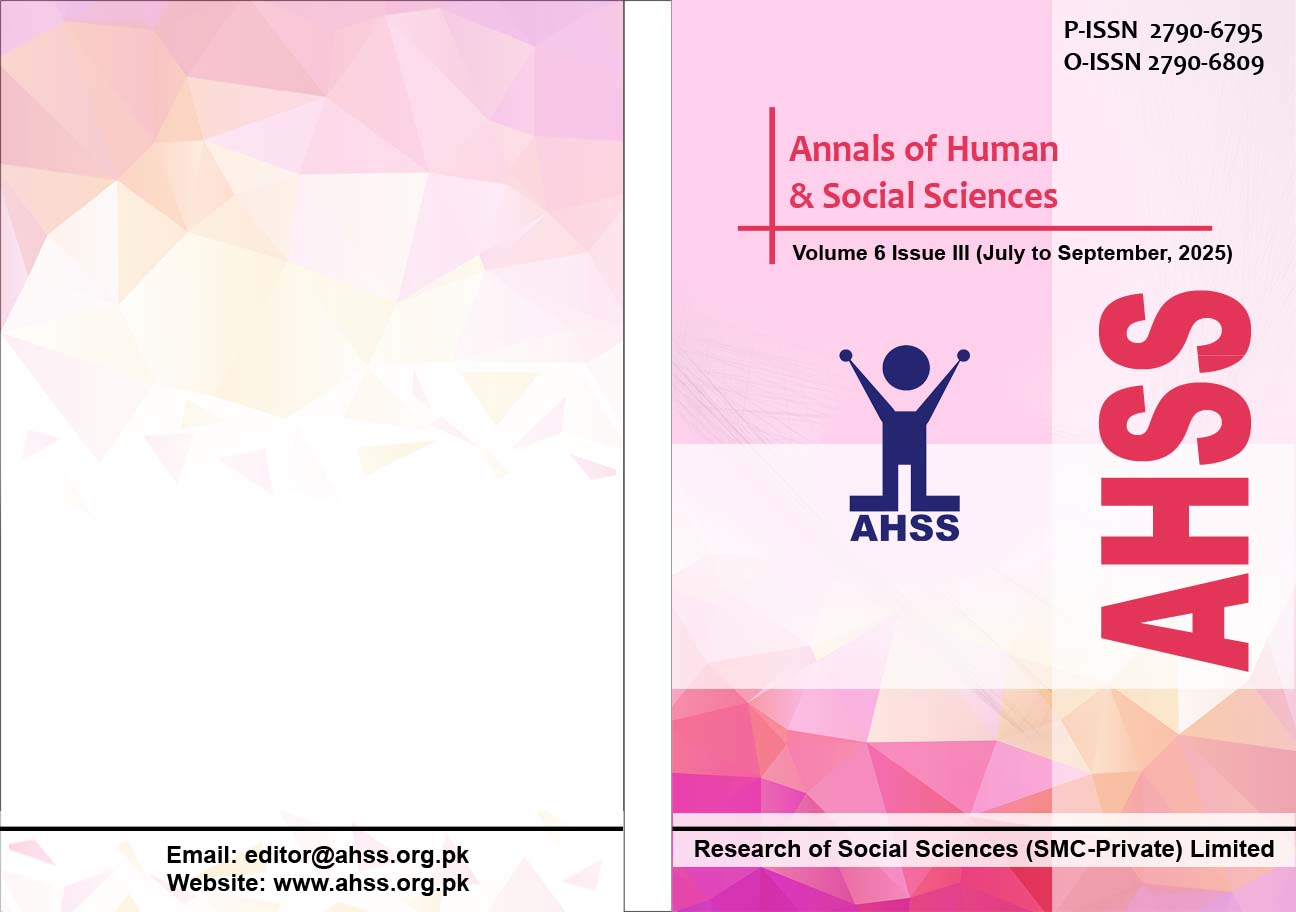Teachers’ Professional Development and Reflective Practice in English Language Teaching: Insights from Sindh’s Education Sector
DOI:
https://doi.org/10.35484/ahss.2025(6-III)40Keywords:
Teacher Professional Development, Reflective Practice, ELT, Sindh’s Education Sectors, CPD, Peer Collaboration, Thematic AnalysisAbstract
This study investigates how English Language Teaching (ELT) practitioners in Sindh engage in Continuous Professional Development (CPD) and Reflective Practices (RP), focusing on the scope, challenges, and institutional support available. Professional growth and reflective engagement are essential for effective teaching; however, in Sindh’s education sector, structured CPD opportunities and systematic RP mechanisms remain inadequate. Using a qualitative design, semi-structured interviews were conducted with six English language teachers from schools and colleges. Data were analyzed through Braun and Clarke’s six-phase thematic analysis framework to identify recurring patterns and challenges. Findings reveal uneven access to CPD, reliance on informal reflective tools such as journaling, and encouraging peer collaboration, but also highlight systemic barriers including excessive workload, limited infrastructure, and the perceived irrelevance of some training programs. Structured, context-specific CPD programs and sustained reflective practices are necessary, supported by institutional commitment, reduced workloads, and improved training relevance to enhance teacher professional growth.
Downloads
Published
Details
-
Abstract Views: 186
PDF Downloads: 96
How to Cite
Issue
Section
License
Copyright (c) 2025 Annals of Human and Social Sciences

This work is licensed under a Creative Commons Attribution-NonCommercial 4.0 International License.

RESEARCH OF SOCIAL SCIENCES (SMC-PRIVATE) LIMITED(ROSS) & Annals of Human and Social Sciences (AHSS) adheres to Creative Commons Attribution-Non Commercial 4.0 International License. The authors submitting and publishing in AHSS agree to the copyright policy under creative common license 4.0 (Attribution-Non Commercial 4.0 International license). Under this license, the authors published in AHSS retain the copyright including publishing rights of their scholarly work and agree to let others remix, tweak, and build upon their work non-commercially. All other authors using the content of AHSS are required to cite author(s) and publisher in their work. Therefore, RESEARCH OF SOCIAL SCIENCES (SMC-PRIVATE) LIMITED(ROSS) & Annals of Human and Social Sciences (AHSS) follow an Open Access Policy for copyright and licensing.






